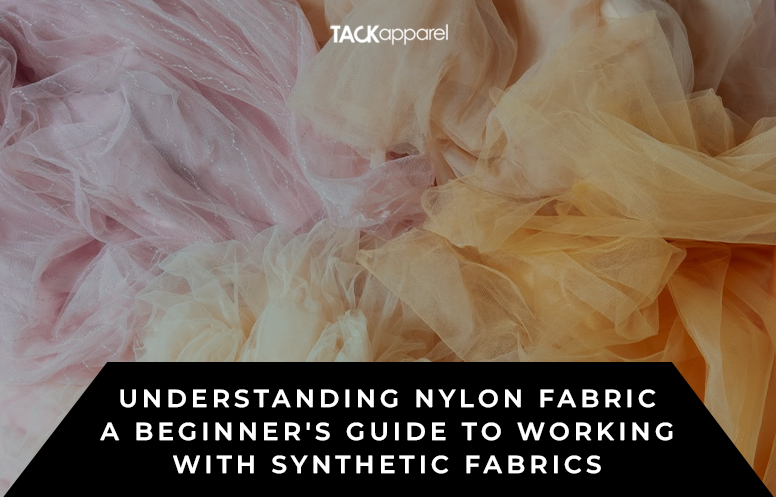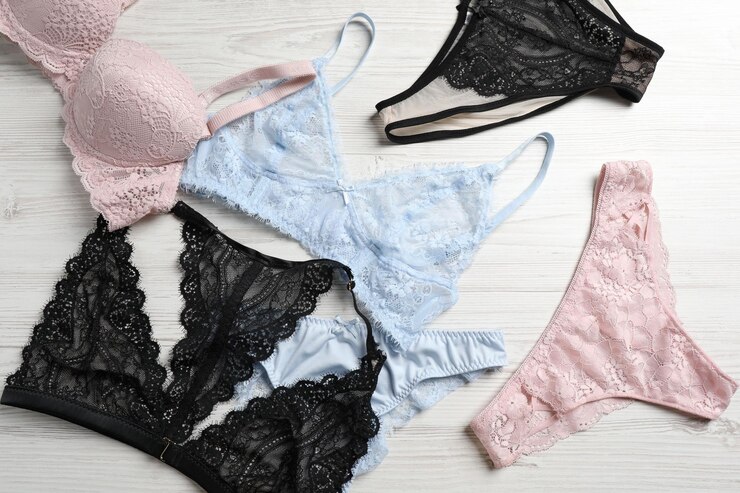You’ve probably seen nylon used in all sorts of clothing and gear, from swimsuits to tents. But have you ever really thought about what makes this fabric tick? If you’re new to working with nylon, you’re in for a treat; this material has a lot going for it. Everything you need to know about nylon fabric, from its stretchy structure to how it handles wear and tear, we’ll cover all the basics. We’ll also discuss the advantages and disadvantages of nylon. Whether you’re making outdoor apparel or adding some stretch to your wardrobe, read on for an in-depth look at nylon material fabric.
What is Nylon Fabric?
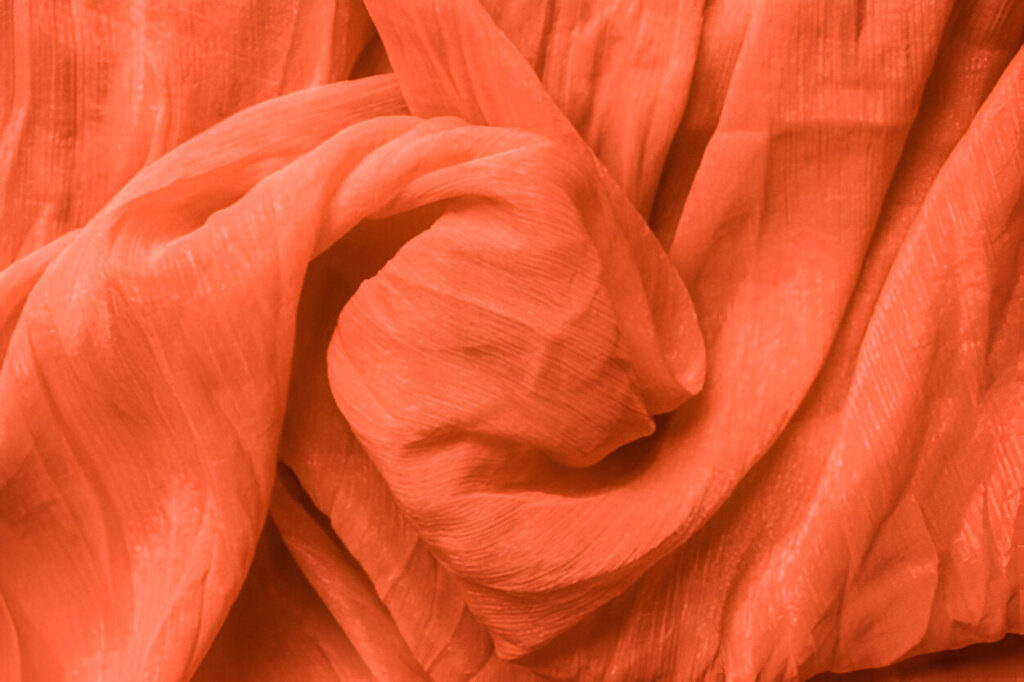
Consumer products and clothing widely utilize a class of synthetic polymers known as nylon. Nylon fibers are completely synthetic, meaning they have no organic base, in contrast to other organic or semi-synthetic fibers.
A Man-Made Marvel
Nylon is a man-made, semi-synthetic polymer first introduced in the 1930s. It quickly gained popularity for its incredible strength and resistance to abrasions, chemicals, and moisture. Today, it remains one of the most widely used and affordable on the market.
Unique Properties
Part of nylon’s appeal lies in its unique properties:
- Extremely strong and durable, yet lightweight fabric
- High resistance to abrasions, chemicals, mildew, and moths
- Excellent insulating abilities
- Quick-drying and easy-to-clean
- Stretchy and wrinkle-resistant
These qualities make nylon ideal for active-wear, outdoor gear, upholstery, and even toothbrush bristles! Its versatility and low production costs cement its place as a fabric nylon superstar.
The History and Development of Nylon
A Revolutionary Material
Nylon was a true game-changer when it first burst onto the scene. This man-made marvel was the brainchild of Wallace Carothers, a young chemist working at DuPont in the 1930s. His tireless research into polymers paved the way for nylon’s creation as the first commercially successful synthetic fiber.
From Stockings to Parachutes
Nylon immediately took the world by storm after its release in 1938. Its first application was in women’s hosiery—those ultra-sheer, extraordinarily durable nylon stockings that became an instant status symbol. But nylon’s versatility meant its uses rapidly expanded into everything from toothbrushes to parachutes during World War II.
An Enduring Legacy
Today, nylon remains one of the most widely used synthetic fibers globally. Its legendary strength, abrasion resistance, and elasticity continue to make it ideal for apparel, industrial fabrics, ropes and so much more. Nylon’s development marked a pivotal moment, kickstarting today’s reliance on high-performance synthetic materials across countless industries.
What Are the Different Types of Nylon Materials?
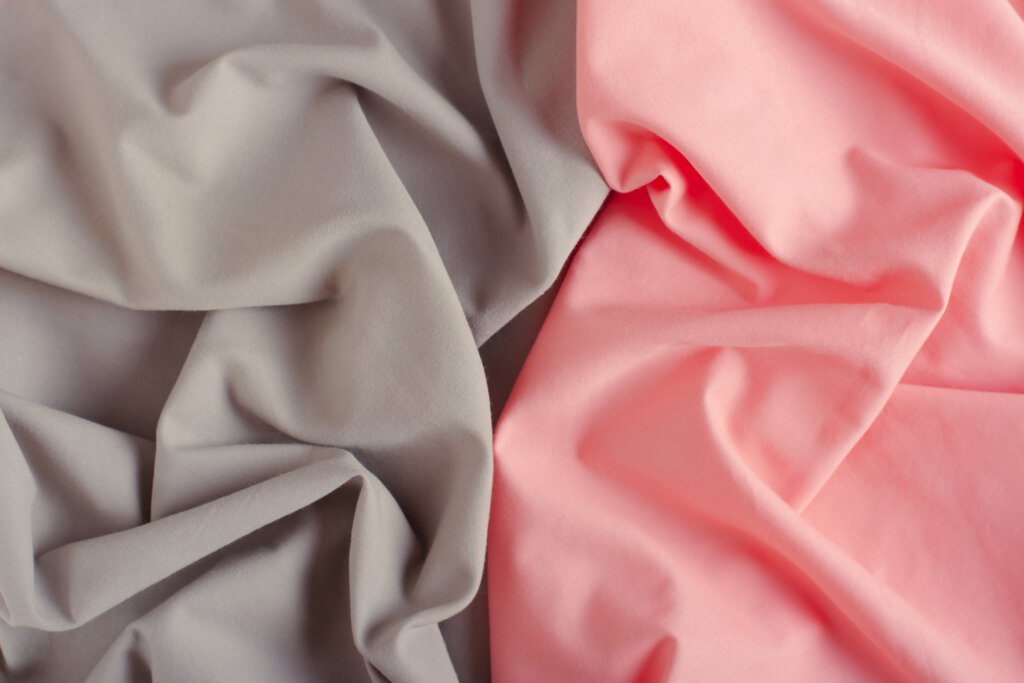
Several chemically distinct polymer compounds are referred to as “nylon.” These kinds of fabrics include, for instance:
- Nylon 6,6: This polymer was one of the first fully synthetic fabrics, made by combining a kind of dicarboxylic acid with hexamethylenediamine. This gives nylon 6,6 a higher melting point and makes it more resistant to heat and chemicals. The resultant salt can be crystallized for purification or melted to create fibers.
- Nylon 6: Nylon 6 is made from a single monomer (caprolactam). Although it is less common than nylon 6,6, this polymer is occasionally used to create nylon textiles. Both have slightly different properties but share the core benefits that make nylon such an adaptable fabric.
- Nylon 46: This specific polymer, which is sold under the brand name Stanyl, comes from only the global corporation DSM. Although this polymer isn’t frequently used in textiles, it is widely employed in engine parts, including air cooling systems, brakes, and transmissions, because of its reputation for durability in harsh conditions.
- Nylon 510: Initially created by DuPont, this polymer was meant to serve as a substitute for nylon 6,6. But in the end, production costs made it impossible to produce this polymer in large quantities for use in fabric; instead, it is now mostly employed in industrial and scientific settings.
- Nylon 1,6: Not often seen in textiles, this polymer is created by combining formaldehyde, adiponitrile, and water.
Specialty Nylon Blends
In addition to the standard nylons, there are specialty blends designed for specific uses:
- Nylon microfiber is ultra-fine for moisture-wicking athletic wear.
- Supplex nylon is an elastic knitted fabric for swimwear and sportswear.
- Cordura nylon is extremely durable for baggage and outdoor gear.
Nylon can also be blended with other fibers like cotton, wool, or spandex to create fabrics with unique textures and performance characteristics.
Recycled and Bio-Based Nylons
- As sustainability becomes more important, recycled and bio-based nylons are gaining popularity. Recycled nylon uses existing waste like fishing nets and carpets, reducing plastic pollution.
- Bio-based nylons swap some or all petroleum ingredients for plant-based sources like castor beans. This reduces the environmental impact without compromising nylon’s great qualities.
What is Nylon Fabric Made of?
The Synthetic Origins
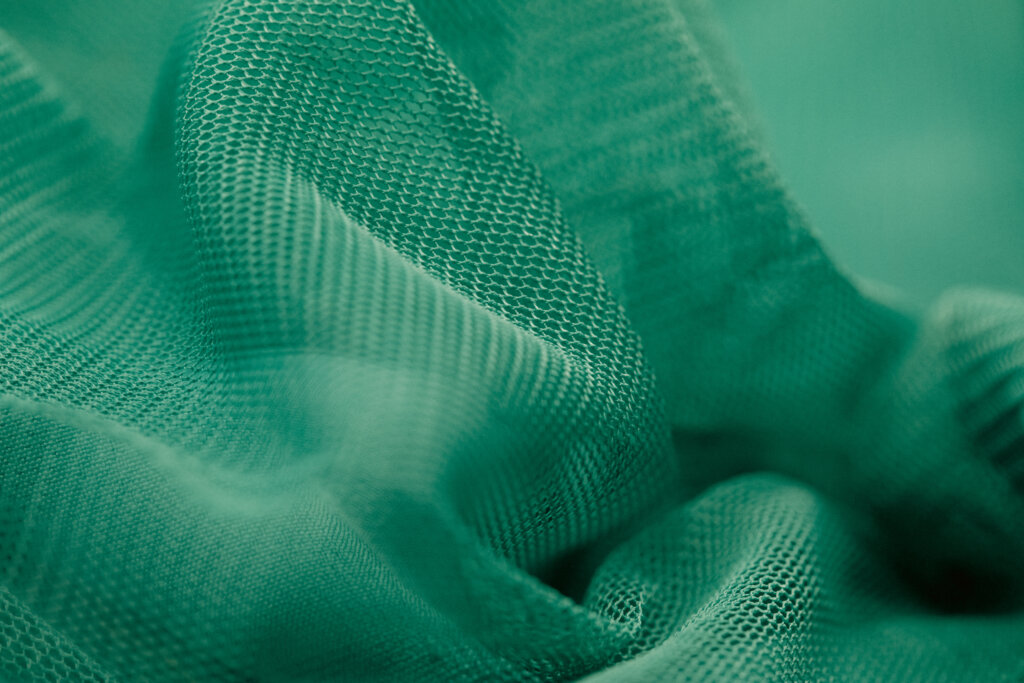
Nylon fabric is entirely synthetic, meaning it doesn’t come from any natural sources like plants or animals. It’s made from petroleum-based chemicals that are heated, combined, and extruded into long nylon polymer strands. These thin strands are then woven or knitted into the all-round nylon material we know today.
The Chemical Process
The main ingredients that make nylon are diamine and dicarboxylic acid. Through a chemical reaction called condensation polymerization, these components bond together to form ultra-strong polymer chains. Variations in the chemical recipe lead to different types of fabric with unique properties. Nylon 6,6 is one of the most common, made from adipic acid and hexamethylenediamine. But there are over 20 different nylon formulations out there!
What is Nylon Fabric Used for?
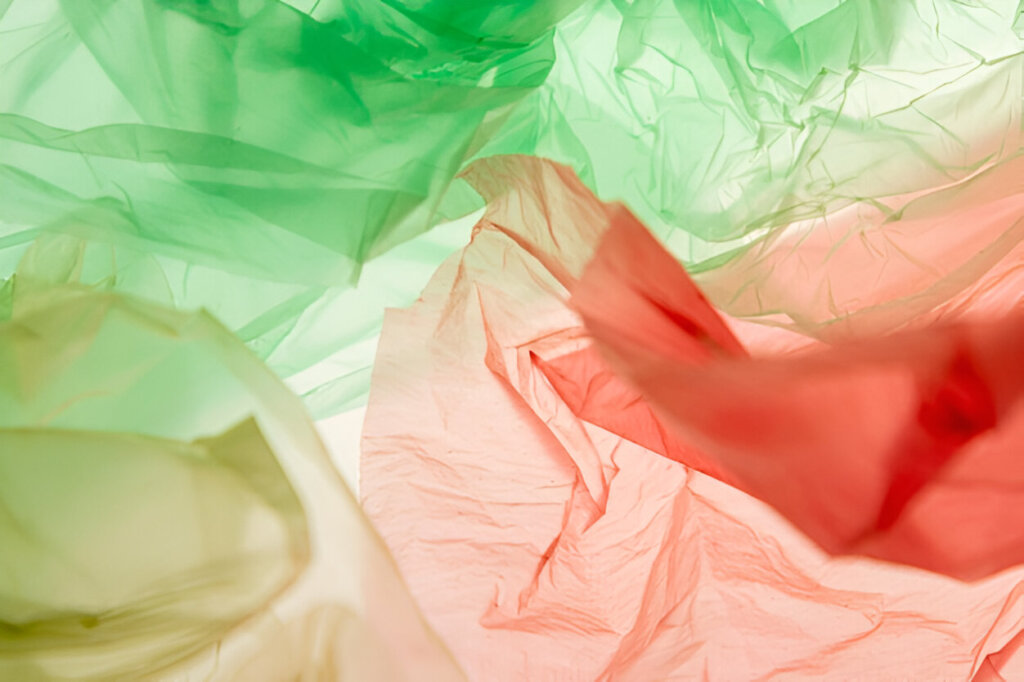
Originally, nylon fabric was offered as a substitute for silk stockings. The only practical material for the kinds of sheer stockings that were once popular among ladies in the developed world was silk, until the invention of this fabric. However, silk is notoriously expensive and lacks durability.
Even though nylon fabric’s performance fell short of the expectations DuPont had for it when this material was first introduced, professionals and housewives alike continued to select it as a stocking material throughout the better part of the 20th century. One of the principal uses for this kind of fabric is still in women’s stockings; it’s also used in tights, yoga trousers, and other forms of feminine form-fitting bottoms.
Now you’ve likely encountered nylon fabric in your everyday life without even realizing it. Soft nylon fabric is incredibly convertible and ideal for a variety of uses.
Clothing And Accessories
Nylon’s stretchiness and moisture-wicking properties make it a go-to for sportswear fabric
like workout clothes, swimsuits, and outdoor gear. Its resilience allows nylon garments to withstand lots of movement and friction. You’ll also find it used for hosiery, lingerie, and accessories like backpacks and luggage.
Household Items
Its strength and resistance to abrasion, staining, and fading mean nylon are perfect for household textiles that need to last. Look for nylon in carpets, upholstery fabrics, draperies, and even toothbrush bristles! Its low absorbency prevents mold and mildew growth.
Industrial Applications
The toughness of nylon lends itself well to industrial uses like ropes, parachutes, tire cords, and machinery belts. Its melting resistance makes it useful for things like seatbelt webbing, too. You’ll even find nylon in surprising places, like guitar strings and 3D printing filaments.
No matter the application, nylon’s unbeatable durability and versatility allow it to stretch the limits of fabric performance and utility. Its unique combination of properties truly makes it a fabric for all seasons.
Pros and Cons of Using Nylon Fabric

The Pros
Nylon is a synthetic fabric that offers some compelling advantages. This makes it ideal for activewear, luggage, and other heavy-duty applications.
- Strength: Its strength and durability are top-notch. Among the strongest synthetic fibers is this one.
- Elasticity: Nylon is incredibly stretchable, which makes it perfect for applications requiring flexibility, such as nylon fabric clothing.
- Abrasion resistance: Nylon has an excellent resistance to abrasion, which makes it perfect for applications requiring toughness, such as athletic wear.
- Heat resistance: The thermal stability and heat resistance of nylon are well-balanced. Because it can be utilized at temperatures as high as 200 °C (392 °F), it is perfect for use in applications where heat resistance is crucial, such as automotive parts.
- Chemical Properties: Oils and greases are among the many substances to which nylon is resistant.
- Low friction: Gear wheels and other applications where low friction is crucial are ideally suited for nylon’s low friction coefficient.
- Wear resistance: Nylon resists wear well, which makes it perfect for applications requiring wear resistance, such as bearings.
- Dimensional stability: Under stress, nylon maintains its size and shape because it is dimensionally stable. This feature makes nylon perfect for a variety of uses.
- Processing ease: Nylon is simple to work with, which makes it perfect for engineering plastics and other applications where processing ease is crucial.
- Easy to clean: Another big pro is nylon’s low maintenance requirements. It’s easy to clean, resists staining, and dries quickly after getting wet. You can just toss nylon items in the washing machine without worry.
The Cons
On the downside, nylon is not a breathable fabric. It can feel sticky and clingy against your skin, especially in hot weather. This lack of airflow can lead to sweat and discomfort when wearing nylon for extended periods.
- Nylon is also prone to static cling and has less insulation than natural fibers. It can feel chilly in cold temperatures. Some people find the synthetic, plasticky feel of nylon to be unpleasant against their skin.
- From an environmental standpoint, nylon production requires petroleum, making it less eco-friendly than plant-based fabrics. However, nylon’s durability helps offset its larger carbon footprint to some degree.
- Absorption of moisture: Nylon takes in moisture from the air, which over time may lead to swelling and degradation. When nylon is subjected to high humidity or frequent wetting and drying cycles, it becomes an issue.
- UV sensitivity: When nylon is exposed to sunshine, it can deteriorate and become brittle since it is susceptible to UV radiation. It poses a special challenge for outdoor applications.
- Chemical sensitivity: When nylon is subjected to specific solvents or cleaning agents, it can break down due to its sensitivity to particular chemicals. It is especially problematic in situations where nylon is subjected to strong chemicals.
Caring for Nylon Clothing and Accessories
Washing Nylon Fabrics
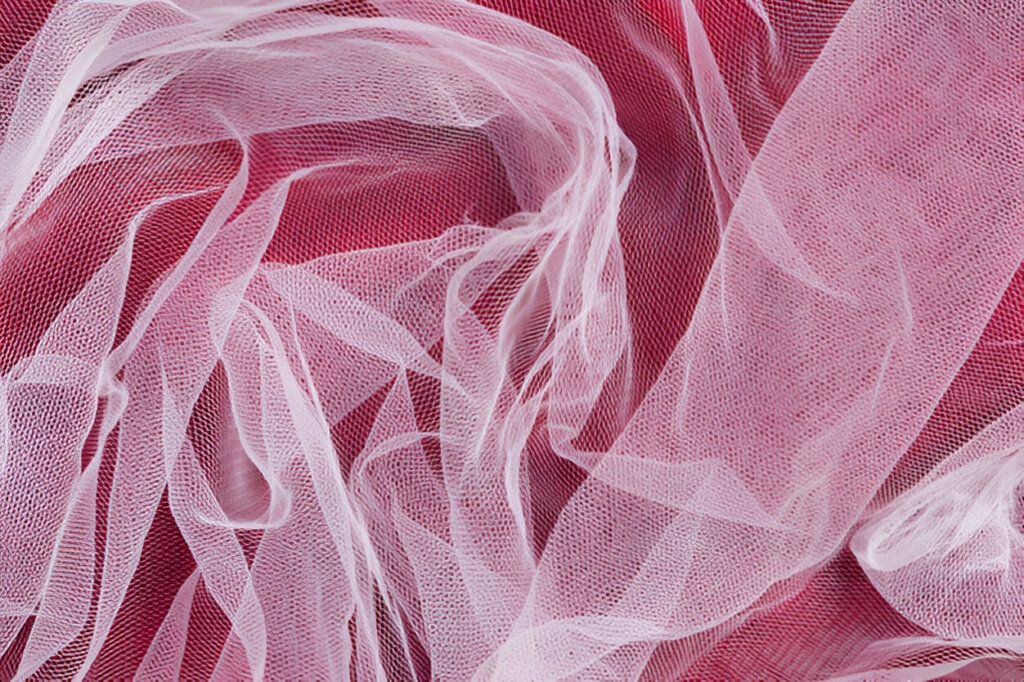
Nylon fabric clothes can be washed in both warm and cool water. For regular cleaning, use a mild detergent and a gentle cycle. Avoid using bleach or fabric softeners, as these can damage nylon fibers. Air drying is preferable, but you can machine dry on low heat if needed.
Stain Removal
Treat stains promptly for the best results. For food and dirt stains, use a pre-treatment spray or stick before washing. Grease or oil stains may require spot cleaning with a solvent-based solution. Always check nylon clothes material labels and test an inconspicuous area first.
Preventing Damage
Nylon is durable but can still snag or pill over time. Separate from rougher fabrics when washing and drying. Use a nylon mesh fabric laundry bag for delicate nylon items. Avoid excessive heat from irons or dryers, which can weaken nylon fibers. Proper storage in a cool, dry place will also prolong the life of nylon garments and accessories.
Quick Tips
- Wash nylon in warm or cool water with mild detergent.
- Skip bleach and fabric softeners.
- Air dry or machine dry on low heat.
- Treat stains promptly with pre-treatment or solvents.
- Separate from rough fabrics and use garment bags.
- Avoid high heat from irons and dryers.
- Store nylon in a cool, dry place.
With some simple care, your nylon clothes and accessories can maintain their sleek look and performance for years to come.
Upgrade Your Clothing with Nylon Fabric

Is nylon a good material? Nylon is an extremely flexible and robust fabric. Its strength surpasses that of polyester nylon fabric. Nylon fabric is incredibly resilient and clean-up-easy. Its maker may dye it an astounding array of hues. However, it lacks biodegradability and is less breathable.
Which fabric will work best for your backpack? There is no such thing as a perfect fabric—the best is the one that fits you. You should not be having any trouble answering the question, “What are nylon fabrics?” at this point. Visit Tack Apparel to see more of our selections, which come in a variety of colors.
FAQs
Are Nylons Chemically and Majority Resistant?
Indeed, in everyday use, nylons exhibit good resistance to a wide range of solvents and hydrocarbons. But oxidizing agents, organic acids, mineral acids, and aromatic alcohols bind nylon. Nylon has exceptional resistance to alkalis, lubricants, cleaning agents, and hydrocarbons. Small amounts of water, methyl, ethyl, or isopropyl alcohols, as well as chlorinated solvents, will cause it to plasticize.
Can Nylon Hold Its Form After Being Laundered?
Yes, after washing, nylon may keep its shape. In addition to its elastic qualities, nylon is well-liked for its longevity, ease of cleaning, resistance to shrinking, and ability to hold its shape even after stretching or washing.

